Home>Interior Design>10 Living Room Lighting Mistakes To Avoid At All Costs
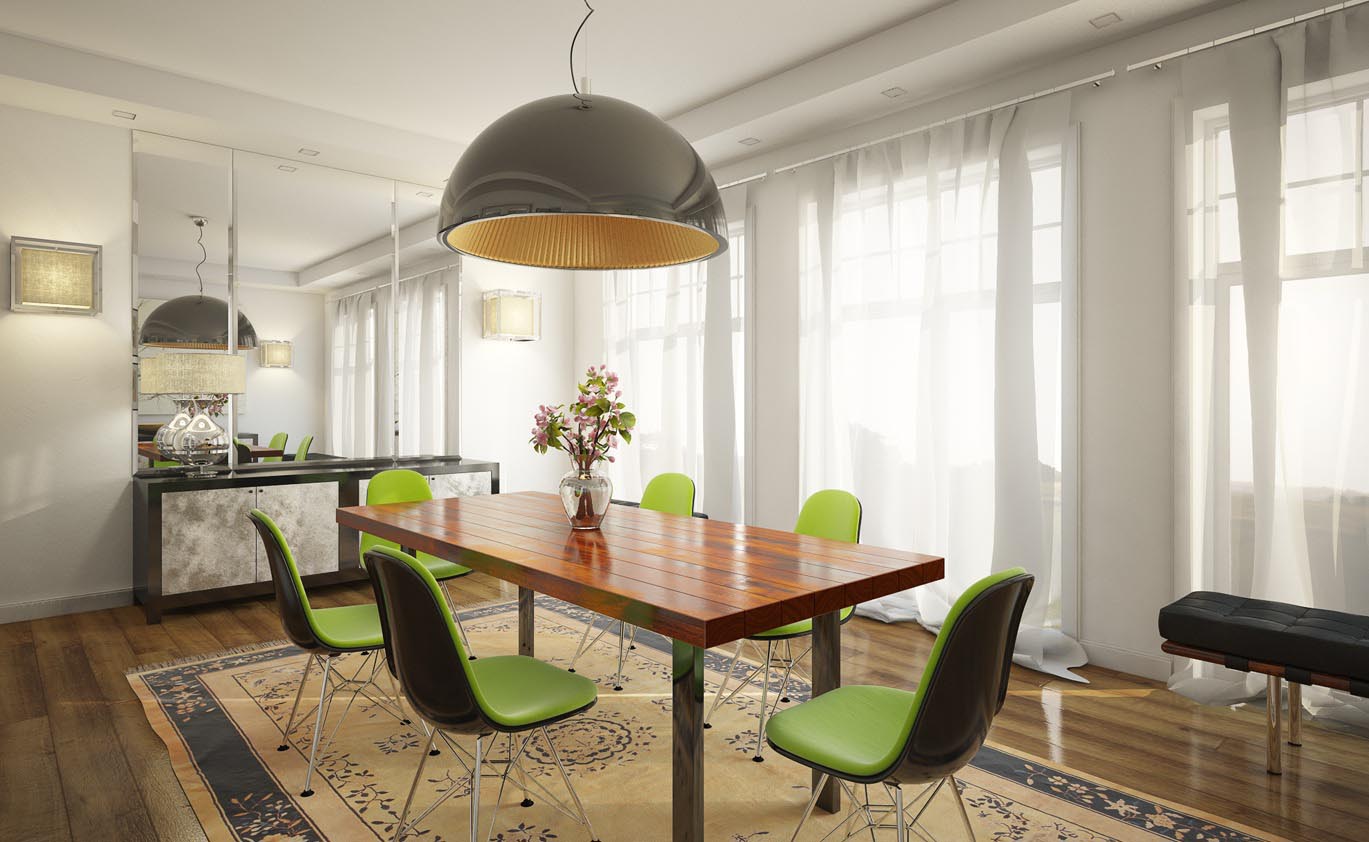

Interior Design
10 Living Room Lighting Mistakes To Avoid At All Costs
Modified: December 7, 2023
Avoid these 10 costly living room lighting mistakes in your interior design. Illuminate your space with expert tips to create the perfect ambiance.
(Many of the links in this article redirect to a specific reviewed product. Your purchase of these products through affiliate links helps to generate commission for Storables.com, at no extra cost. Learn more)
Introduction
When it comes to interior design, lighting plays a crucial role in creating the right ambiance and enhancing the overall look and feel of a space. Whether you’re designing a living room from scratch or looking to revamp your existing space, it’s important to pay attention to the lighting choices you make. However, with so many options available, it’s easy to make mistakes that can negatively impact the functionality and aesthetic appeal of your living room.
In this article, we will discuss ten common living room lighting mistakes that you should avoid at all costs. From insufficient overall lighting to choosing the wrong bulb color temperature, each mistake can have a significant impact on the mood, functionality, and visual appeal of your space. So, let’s dive in and uncover the pitfalls to avoid to create a beautifully lit living room that perfectly suits your needs and style.
Key Takeaways:
- Avoid common living room lighting mistakes by ensuring sufficient overall lighting, incorporating task lighting, and utilizing natural light sources. By layering different types of lighting and considering bulb color temperature, you can create a well-lit and inviting living space.
- Don’t overlook the importance of dimmers, strategic placement of lighting fixtures, and the cohesive use of matching lighting styles. By addressing these common mistakes, you can transform your living room into a beautifully lit and functional oasis that reflects your personal style.
Mistake 1: Insufficient Overall Lighting
One of the most common mistakes homeowners make when it comes to their living room lighting is not having enough overall illumination. Insufficient lighting can make the space feel dull, dark, and unwelcoming.
Having enough overall lighting is essential to create a well-lit room that is comfortable and functional. It ensures that all areas of the living room are adequately illuminated, making it easier to carry out tasks, socialize, or simply relax and unwind.
To avoid this mistake, you need to assess the size and layout of your living room. Consider the number of light fixtures needed to provide even illumination throughout the space. This can be achieved by using a combination of overhead fixtures, such as chandeliers or pendant lights, and strategically placed floor or table lamps.
For larger living rooms, you may need multiple sources of general lighting to ensure that every corner of the room receives sufficient light. On the other hand, smaller living rooms may only require one or two well-placed fixtures.
Remember, the goal is to create a balanced and evenly lit space. Experiment with different lighting configurations to find the right combination that works for your living room. Don’t be afraid to seek the advice of a lighting professional who can provide expert recommendations based on your specific needs and preferences.
By avoiding the mistake of insufficient overall lighting, you can transform your living room into a bright and inviting space that is suitable for any activity, from reading and entertaining to watching movies or simply enjoying the company of loved ones.
Mistake 2: Relying Solely on Overhead Lighting
While overhead lighting is undoubtedly important for providing general illumination, relying solely on it can create a harsh and uninspiring atmosphere in your living room. This common mistake can make the space feel one-dimensional, lacking depth and visual interest.
Overhead lighting, such as ceiling-mounted fixtures or recessed lights, often casts a harsh, direct light that can create shadows and glare. Depending solely on this type of lighting can make the living room feel clinical and unwelcoming, without the warm and inviting ambiance that is desired.
To avoid this mistake, it’s crucial to incorporate different layers of lighting into your living room design. Consider adding floor lamps, table lamps, or wall sconces to provide additional sources of ambient and task lighting.
The addition of these supplementary lighting fixtures allows you to create a more layered and visually appealing space. It helps to soften the overall lighting and adds depth and dimension to the room. These additional light sources can also be adjusted to create different moods and ambiance, depending on the time of day or the activity taking place.
Furthermore, using various types of lighting fixtures allows you to highlight specific areas of your living room, such as artwork, architectural features, or decorative accents. This not only adds visual interest but also draws attention to the unique elements of your space.
By avoiding the mistake of relying solely on overhead lighting, you can create a well-balanced and inviting living room that offers versatility and flexibility in terms of lighting options. The layering of different light sources adds depth and visual interest while providing the right ambiance for any occasion.
Mistake 3: Not Considering the Room’s Purpose
When it comes to lighting design, one critical mistake many homeowners make is not considering the specific purpose of the living room. Every room in your home serves a different function, and the lighting should align with that purpose.
The living room is often a multi-functional space. It may be used for entertaining guests, watching television, reading a book, or simply relaxing. Each of these activities requires different levels and types of lighting to create the right ambiance and cater to the specific needs of the space.
To avoid this mistake, it’s essential to determine the primary purpose of your living room and design the lighting accordingly. For example, if you primarily use the space for entertaining, you’ll want to create a warm and inviting atmosphere with softer, ambient lighting. Consider incorporating dimmable fixtures and directional lighting options that can be adjusted to suit different social occasions.
If your living room doubles as a home office or reading nook, task lighting becomes crucial. Ensure that you have adequate lighting near seating areas or workstations to provide ample illumination for activities such as reading or working on a laptop.
Furthermore, if you use your living room as a media room, you’ll need to address the issue of glare on the television screen. Avoid placing lighting fixtures directly in the line of sight to the TV or invest in glare-reducing filters to minimize reflections.
By considering the specific purpose of your living room, you can tailor the lighting design to create a space that is functional, comfortable, and visually appealing. It ensures that the lighting enhances the activities you engage in, rather than hindering them.
Remember, the key is to have a clear understanding of how you use your living room and how lighting can enhance the experience. With thoughtful planning and consideration, you can avoid the mistake of not aligning the lighting with the room’s purpose and create a space that truly meets your needs.
Mistake 4: Neglecting Task Lighting
One common mistake in living room lighting design is neglecting the importance of task lighting. Task lighting refers to the specific lighting that is designed to illuminate work areas or provide focused lighting for activities such as reading, crafting, or working on a laptop.
Without adequate task lighting, these activities can become challenging, causing eye strain and reducing productivity. It’s essential to incorporate task lighting into your living room design to ensure that you have ample illumination for your specific tasks.
To avoid this mistake, consider adding focused lighting options such as table lamps, desk lamps, or adjustable floor lamps near seating areas or workstations. These fixtures provide direct lighting that helps eliminate shadows and provides sufficient light for tasks that require precision.
When selecting task lighting fixtures, choose ones with adjustable arms or heads to allow for easy positioning and directing of light. This way, you can customize the lighting exactly where you need it, ensuring maximum comfort and functionality.
In addition to providing adequate lighting for specific activities, task lighting also adds a layer of visual interest to your living room. Opt for well-designed fixtures that complement your overall décor and add a touch of style to the space. This way, your task lighting not only serves a functional purpose but also contributes to the overall aesthetic appeal of the room.
Remember to position task lighting strategically. Place desk lamps near desks or workstations, and ensure that table lamps are within easy reach of seating areas. By considering the specific tasks you engage in and incorporating appropriate task lighting, you can create a living room that is functional, comfortable, and well-suited to your lifestyle.
Don’t make the mistake of neglecting task lighting in your living room design. By providing focused illumination for specific activities, you can ensure optimal functionality and enhance the overall experience in your living room.
Mistake 5: Choosing the Wrong Bulb Color Temperature
The color temperature of bulbs is often overlooked but plays a significant role in setting the mood and ambiance in your living room. Color temperature refers to the perceived warmth or coolness of the light emitted by a bulb.
One common mistake is selecting the wrong bulb color temperature for your living room. Choosing the wrong color temperature can result in lighting that feels harsh, cold, or too warm, and can negatively impact your overall experience in the space.
To avoid this mistake, it’s essential to understand the different color temperatures and their effects. Bulbs are typically categorized into three color temperature ranges:
– Warm White (2200K-3000K): This range produces a soft, warm glow similar to traditional incandescent bulbs. Warm white lighting is ideal for creating a cozy and inviting atmosphere in your living room. It works well for relaxation and socializing, as it exudes a sense of warmth and intimacy.
– Cool White (3500K-4100K): This range emits a more neutral or daylight-type light. Cool white lighting is often used in task-oriented spaces like kitchens or home offices. While it can provide good visibility and clarity, using cool white bulbs in your living room may create a less cozy and relaxing ambiance.
– Daylight/Daylight White (5000K-6500K): This range produces a bright, crisp light similar to natural daylight. Daylight bulbs are commonly used in spaces that require optimal visibility, such as retail stores or offices. In a living room, using daylight bulbs can create a bright and energizing atmosphere, perfect for active gatherings or tasks that require focus and clarity.
To determine the right color temperature for your living room, consider the activities that take place in the space and the mood you want to evoke. For a cozy and comfortable ambiance, opt for warmer color temperatures. If your living room is used for a variety of activities and you prefer a more neutral lighting, cool white or daylight bulbs may be suitable.
It’s important to note that you can also mix and match bulbs with different color temperatures to create a layered and versatile lighting scheme in your living room. For example, you can use warm white bulbs in ambient lighting fixtures and cooler daylight bulbs in task lighting fixtures.
By choosing the right bulb color temperature, you can create a living room that not only meets your functional needs but also enhances the overall atmosphere and mood. Don’t overlook the impact of color temperature when selecting bulbs for your living room lighting.
When choosing living room lighting, consider the function of each light and layer different types of lighting (ambient, task, accent) to create a well-lit and inviting space.
Mistake 6: Ignoring the Importance of Dimmers
One often overlooked aspect of living room lighting design is the importance of dimmers. Dimmers allow you to adjust the intensity of the light, providing you with control over the ambiance and versatility of your living room lighting. Ignoring the significance of dimmers can limit the flexibility and mood-setting capabilities of your space.
Using solely fixed lighting can result in a static and one-dimensional living room environment. Without the ability to dim the lights, you may find yourself with either excessively bright or overly dim lighting at all times, limiting the atmosphere you can create.
To avoid this mistake, consider installing dimmer switches for your living room lights. Dimmers allow you to easily adjust the brightness of your lighting fixtures to suit different activities or moods. Whether you want soft, ambient lighting for a cozy movie night or bright, energizing light for a lively gathering, dimmers provide you with the flexibility to cater to your specific needs.
Dimmers are particularly beneficial for creating a more intimate and relaxing atmosphere in your living room. They allow you to lower the lighting levels during quiet evenings or social gatherings, setting a calmer and more relaxed ambiance. Dimmers also offer the ability to create a romantic or cozy setting, perfect for unwinding after a long day.
Additionally, dimmers can help save energy and extend the lifespan of your bulbs. By reducing the intensity of the light, you are using less electricity and putting less strain on the bulbs, resulting in potential cost savings and longer-lasting bulbs.
When installing dimmer switches, ensure they are compatible with the types of bulbs you are using. Not all bulbs are compatible with dimmers, so it’s important to check the manufacturer’s specifications before making a purchase.
By incorporating dimmer switches into your living room lighting design, you gain control over the ambiance and adaptability of your space. Don’t make the mistake of ignoring the importance of dimmers. Embrace their potential and enjoy the ability to create the perfect lighting environment for any occasion in your living room.
Mistake 7: Placing Lighting Fixtures in the Wrong Locations
The placement of lighting fixtures has a significant impact on the functionality and aesthetics of your living room. Placing lighting fixtures in the wrong locations is a common mistake that can result in uneven lighting, shadows, or even obstructed views.
To avoid this mistake, it’s important to carefully consider the layout and purpose of your living room when planning the placement of lighting fixtures. Here are a few key considerations:
1. General Lighting: Make sure your overhead lighting fixtures, such as chandeliers or pendant lights, are positioned in the center of the room or strategically spaced to provide even illumination throughout the space. Avoid placing them too close to walls or furniture that may block the light.
2. Task Lighting: Assess the specific areas where you will need task lighting, such as reading nooks, workstations, or seating areas. Position table lamps, floor lamps, or wall-mounted fixtures in these areas to ensure that you have sufficient illumination for the intended tasks. Place the lighting at a height and angle that provides direct lighting without creating shadows or glare.
3. Accent Lighting: If you have artwork, architectural features, or decorative elements that you want to highlight, consider incorporating accent lighting fixtures such as picture lights or adjustable track lighting. Proper placement of these fixtures is crucial to effectively showcase the focal points of your living room.
4. Avoid Glare: Be mindful of any lighting fixtures that may cause glare or reflection, particularly if you have a television or other screens in the living room. Ensure that there are no light sources directly in the line of sight to these screens, as it can be distracting and diminish the viewing experience.
5. Natural Light: Don’t forget to take advantage of natural light sources in your living room. Position furniture and window treatments in a way that allows the maximum amount of natural light to enter the space. Consider how the natural light interacts with your artificial lighting to create a harmonious and well-balanced ambiance.
By placing lighting fixtures in the appropriate locations, you can achieve a well-lit living room that enhances the functionality and aesthetic appeal of the space. Taking the time to plan and experiment with different placements can make a significant difference in the overall lighting experience.
Remember to consider the specific activities and areas that require lighting and ensure that fixtures are positioned in a way that provides optimal illumination without causing shadows, glare, or obstructing views. Avoid the mistake of placing lighting fixtures in the wrong locations and transform your living room into a beautifully lit and functional space.
Mistake 8: Using Mismatched Lighting Styles
The lighting fixtures you choose for your living room should not only serve a functional purpose but also contribute to the overall style and aesthetic appeal of the space. Using mismatched lighting styles is a common mistake that can create a disjointed and unbalanced look.
Mismatched lighting styles can occur when different types of lighting fixtures, such as chandeliers, pendant lights, and wall sconces, clash in terms of design, finish, or scale. This can create a chaotic and visually unpleasing effect, undermining the cohesiveness of your living room decor.
To avoid this mistake, aim for consistency in terms of lighting styles throughout your living room. Consider the overall theme or design style of your space and select lighting fixtures that complement that aesthetic.
For example, if your living room has a modern and minimalist design, choose lighting fixtures with clean lines, sleek finishes, and contemporary shapes. On the other hand, if your living room leans more towards a traditional or vintage style, opt for fixtures with intricate detailing, antique finishes, or ornate elements.
Additionally, consider the scale of the lighting fixtures in relation to your living room. Avoid using fixtures that are either too small or too large for the space, as it can throw off the balance and proportions. Take into account the height of the ceiling, the size of the room, and the furniture placement when selecting lighting fixtures.
While it’s important to strive for consistency, it’s also possible to mix lighting styles tastefully in your living room. The key is to ensure that there is a sense of cohesion and harmony between the different fixtures. Look for common elements or design features that can tie the lighting styles together, such as similar finishes or shapes.
It’s also worth considering the function of each lighting fixture and how it complements the overall lighting plan. For example, if you have a statement chandelier as the focal point in your living room, ensure that the other fixtures, such as table lamps or wall sconces, complement its style and do not compete for attention.
By avoiding the mistake of using mismatched lighting styles, you can create a cohesive and visually pleasing living room that reflects your personal style. Take the time to curate a collection of lighting fixtures that work harmoniously together and enhance the overall aesthetic of your space.
Mistake 9: Overlooking the Importance of Layering
Layering is a key principle in creating a well-designed and visually appealing living room, and it extends to the realm of lighting as well. However, an often overlooked mistake is overlooking the importance of layering when it comes to living room lighting.
Layering refers to the strategic use of different types of lighting to create depth, dimension, and balance in a space. It involves incorporating ambient, task, and accent lighting to cater to various needs and enhance the overall aesthetic.
By neglecting layering, your living room may feel flat and lacking in visual interest. It can also limit the flexibility and functionality of your lighting, as a single type of lighting may not adequately address all the activities and ambiance you desire.
To avoid this mistake, make sure to incorporate different layers of lighting in your living room design. Here are the key types of lighting to consider:
1. Ambient Lighting: This serves as the base layer of lighting, providing overall illumination to the entire room. It can be achieved through overhead fixtures, such as chandeliers or recessed lights, and creates a comfortable and welcoming environment.
2. Task Lighting: Task lighting is focused lighting that serves a specific purpose, such as reading, working, or playing games. Incorporate table lamps, floor lamps, or desk lamps in areas where these activities occur to ensure adequate visibility and reduce eye strain.
3. Accent Lighting: Accent lighting is used to highlight specific features or objects in your living room, such as artwork, architectural details, or decorative elements. This can be achieved through the use of adjustable spotlights, track lighting, or picture lights.
By incorporating these different layers of lighting, you can create a dynamic and visually engaging living room. Ensure that the fixtures are strategically placed to achieve the desired effect. For example, position table lamps or floor lamps near seating areas for task lighting, and use adjustable fixtures to direct accent lighting onto specific features or artworks.
Remember that layering also extends to the control of lighting intensity. Consider incorporating dimmers, as mentioned earlier, to have the ability to adjust the brightness of your fixtures according to the desired mood or activity.
By embracing the importance of layering in your living room lighting design, you can create a well-rounded and visually captivating space that caters to your functional and aesthetic needs. Don’t overlook the power of layering and its ability to transform your living room into a beautiful and versatile environment.
Mistake 10: Ignoring Natural Light Sources
When it comes to living room lighting, one common mistake is ignoring the significance of natural light sources. Natural light not only enhances the aesthetics of a space but also provides numerous physical and psychological benefits. Failing to utilize and optimize natural light in your living room design can be a missed opportunity.
Ignoring natural light sources can lead to a living room that feels dark, artificial, and disconnected from the outside environment. It can also increase reliance on artificial lighting during the day, resulting in higher energy consumption and potential discomfort caused by harsh lighting.
To avoid this mistake, it’s important to prioritize natural light in your living room design. Consider the following steps to maximize the benefits of natural light:
1. Assess Window Placement: Determine the placement of windows in your living room and consider how natural light enters the space throughout the day. Evaluate if there are any obstructions, such as furniture or window treatments, that may block or diminish the light. Rearrange furniture or use light-filtering window coverings to allow maximum light penetration.
2. Reflective Surfaces: Incorporate reflective surfaces like mirrors, glossy finishes, or light-colored walls and ceilings to enhance the natural light in the living room. These surfaces bounce light around the room, making it appear brighter and more spacious.
3. Window Treatments: Choose window treatments that allow natural light to penetrate while still providing privacy and light control when needed. Sheer or light-filtering curtains, blinds, or shades can diffuse harsh sunlight while creating a soft and inviting atmosphere.
4. Furniture Placement: Avoid placing large or bulky furniture in front of windows, as this can obstruct natural light and cast shadows in the room. Consider arranging your furniture in a way that maximizes the flow of light and maintains an open and spacious feeling.
5. Daylighting Design: If possible, incorporate architectural features that optimize daylighting. This can include skylights, light tunnels, or larger windows to allow more natural light to enter the space. Consult with an architect or designer to explore daylighting options for your living room.
By embracing and optimizing natural light sources, you can create a living room that feels vibrant, inviting, and connected with the outdoors. Natural light provides a sense of well-being, improves mood, and enhances the overall aesthetic appeal of your space.
Remember, natural light should not be seen as a replacement for artificial lighting, but rather as a complementary element. It should be used in conjunction with artificial lighting to create a well-balanced and versatile lighting scheme that caters to all lighting needs throughout the day.
Avoid the mistake of ignoring natural light sources and harness the beauty and benefits they provide in your living room. Embrace the warmth and radiance of the sun, and let it illuminate your living space naturally.
Conclusion
Designing the lighting for your living room is a crucial aspect of creating a comfortable, functional, and visually appealing space. By avoiding common mistakes and implementing effective lighting strategies, you can transform your living room into a well-lit oasis that meets your needs and reflects your personal style.
Throughout this article, we have explored ten common lighting mistakes to avoid in your living room. From ensuring sufficient overall lighting to incorporating task lighting and utilizing natural light sources, each mistake has its own implications on the functionality and ambiance of your space.
Insufficient overall lighting can make your living room feel dull and unwelcoming, while relying solely on overhead lighting can create a harsh and flat atmosphere. Neglecting task lighting can lead to discomfort and reduced productivity, and choosing the wrong bulb color temperature can impact the mood and overall ambiance.
Additionally, overlooking the importance of dimmers can restrict the flexibility and versatility of your lighting options. Placing lighting fixtures in the wrong locations can result in uneven illumination and obstructed views. Using mismatched lighting styles can create a disjointed and unbalanced look, while ignoring the importance of layering can make your living room appear flat and lacking in visual interest.
Lastly, failing to utilize and optimize natural light sources can result in a living room that feels dark and disconnected from the outside environment.
By being mindful of these mistakes and implementing sound lighting techniques, you can create a living room that is a true reflection of your style and enhances your overall living experience. Consider the purpose of the room, the activities that take place, and the desired ambiance, and design your lighting accordingly.
Remember to layer your lighting with ambient, task, and accent fixtures, and consider the effects of color temperature. Incorporate dimmers, position fixtures strategically, and embrace the beauty of natural light sources.
Whether you’re relaxing with a book, entertaining guests, or enjoying a movie night, a well-lit living room can make all the difference. So, take the time to plan and design your lighting thoughtfully, and watch as your living room transforms into a space that is both functional and visually captivating.
Frequently Asked Questions about 10 Living Room Lighting Mistakes To Avoid At All Costs
Was this page helpful?
At Storables.com, we guarantee accurate and reliable information. Our content, validated by Expert Board Contributors, is crafted following stringent Editorial Policies. We're committed to providing you with well-researched, expert-backed insights for all your informational needs.
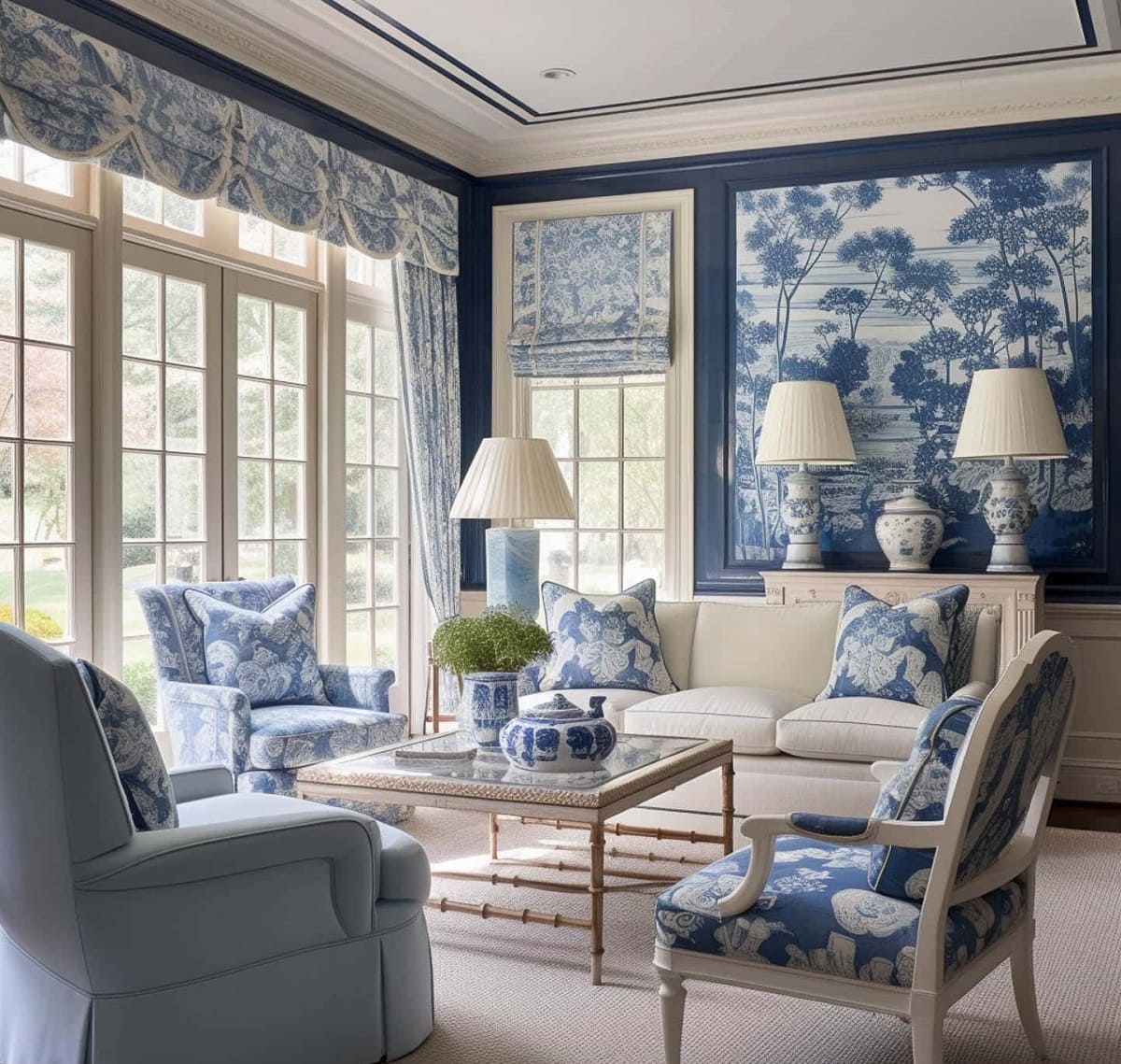
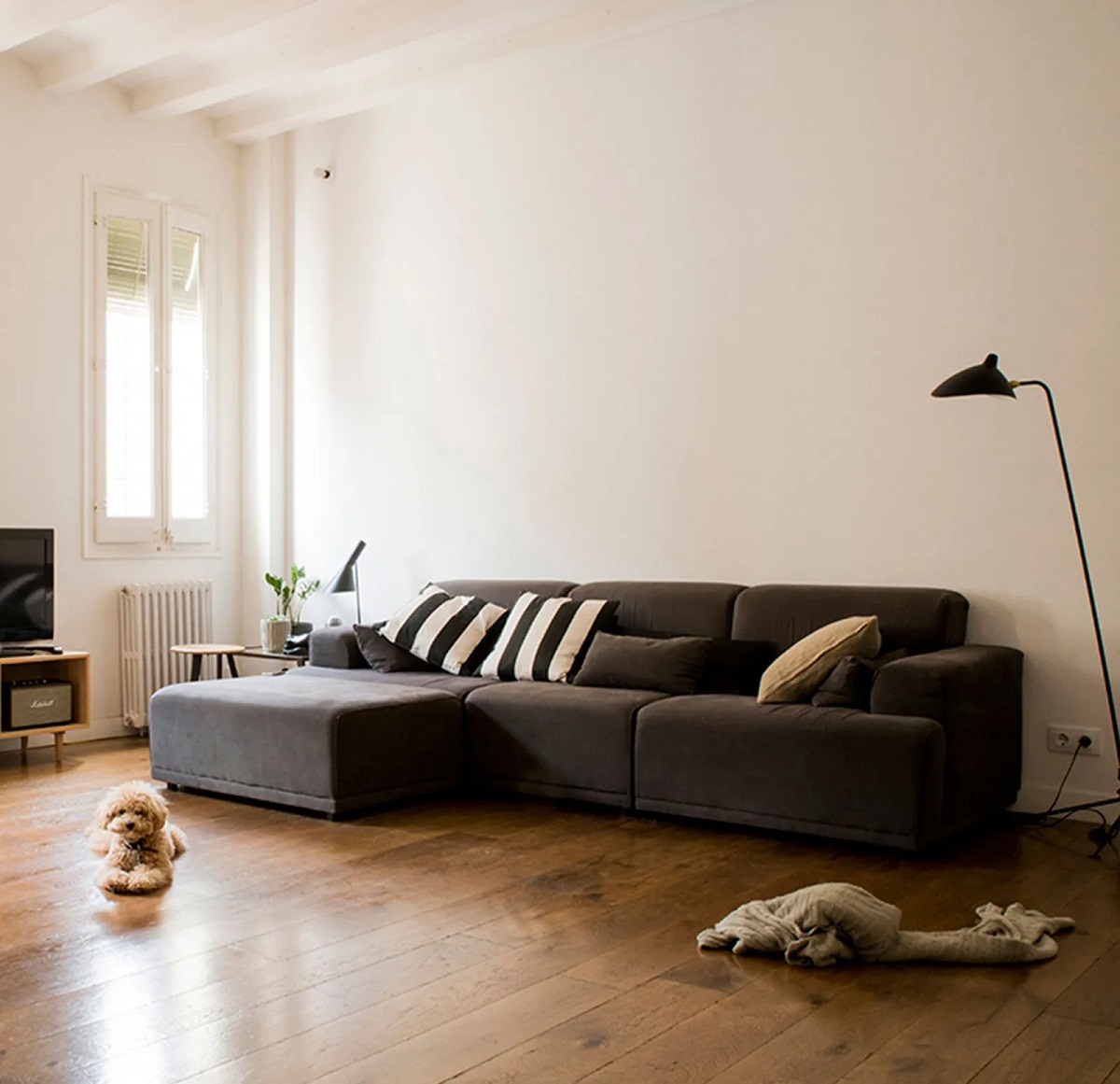
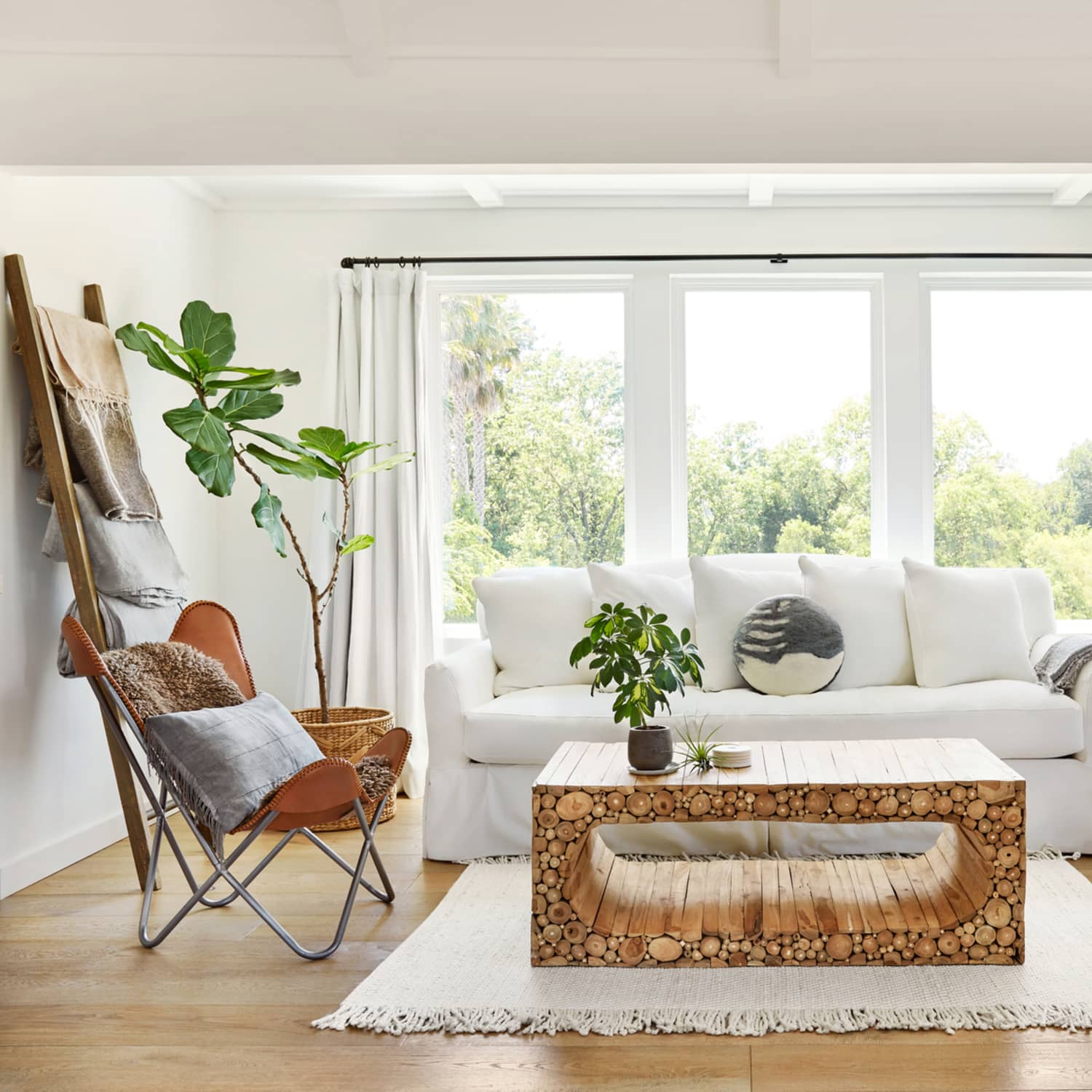
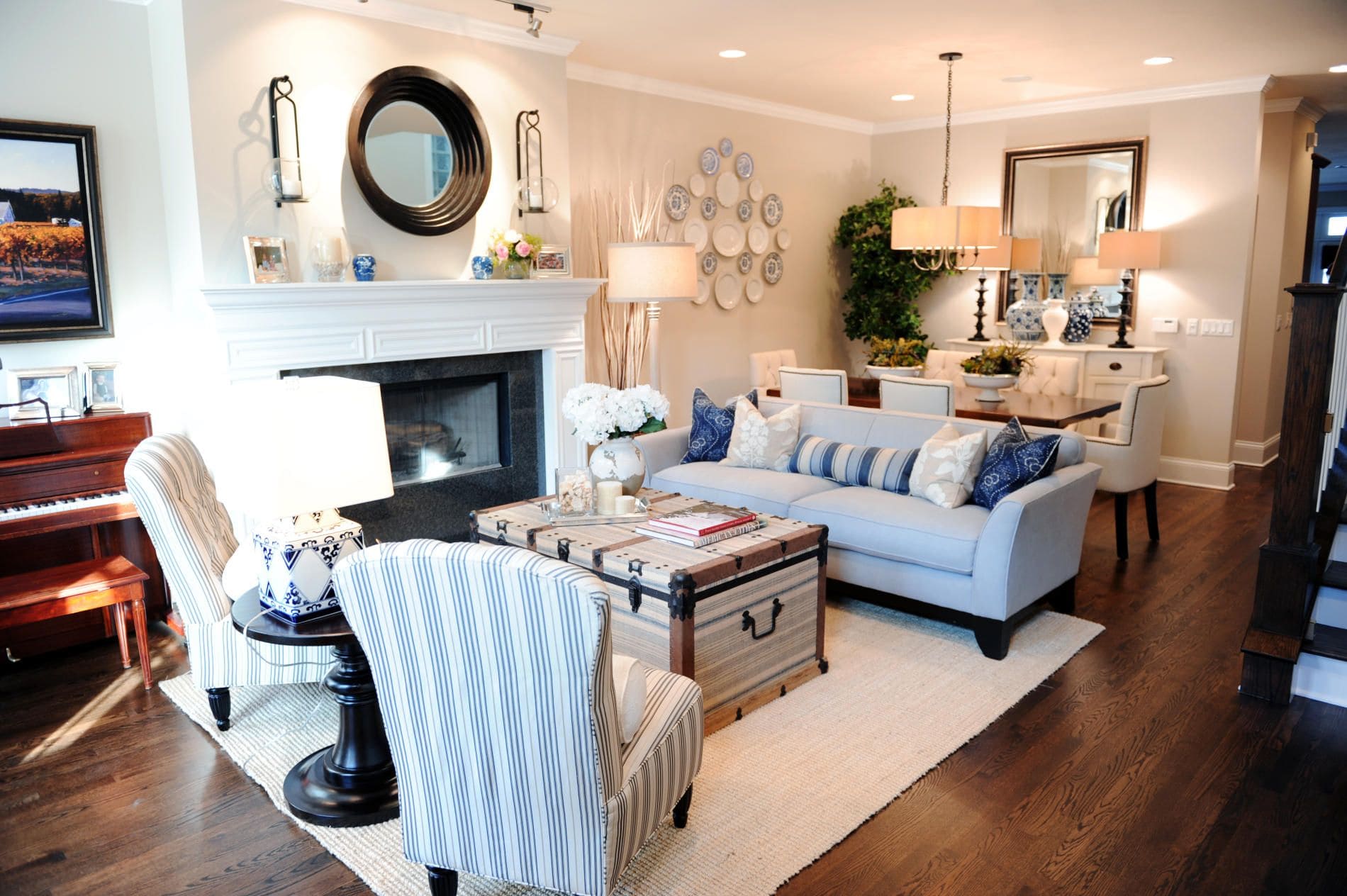
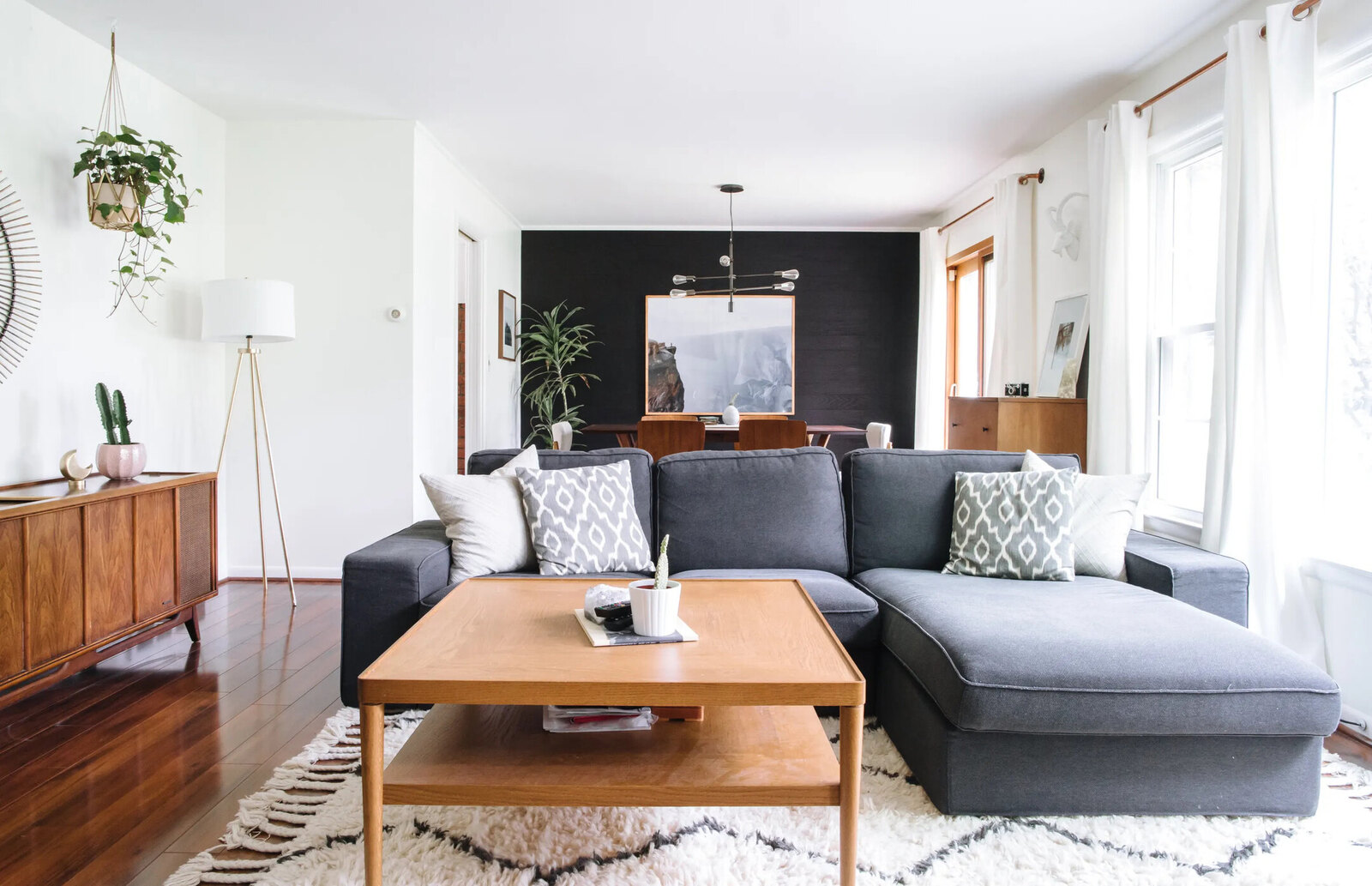
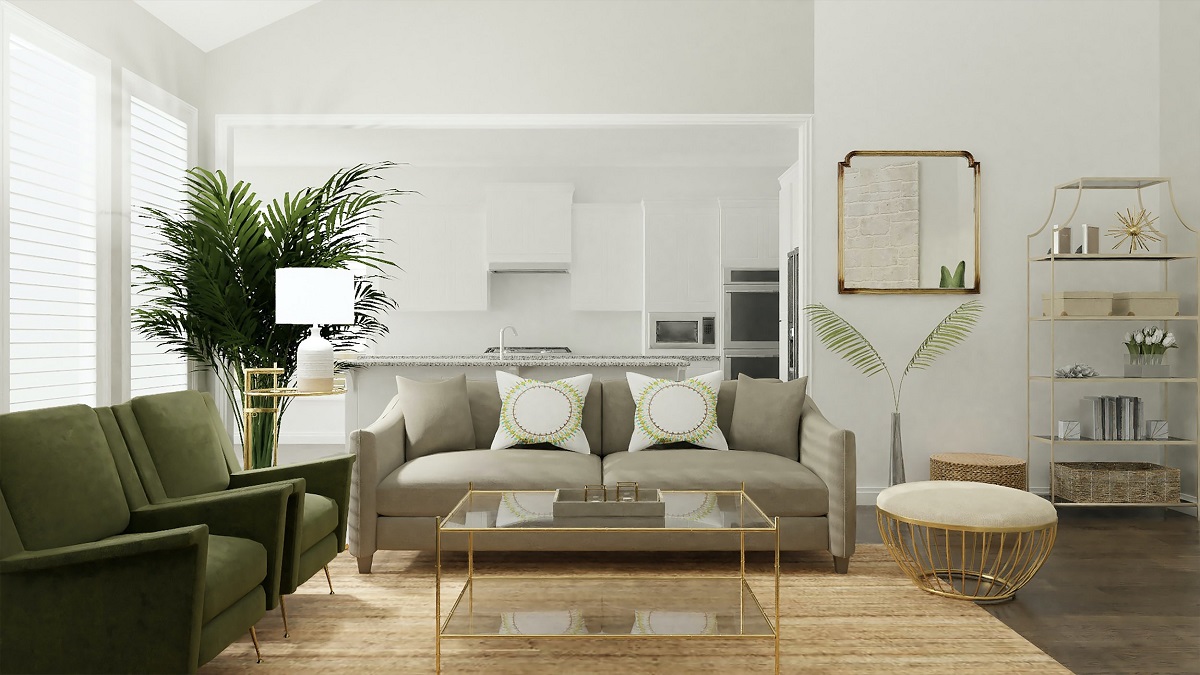
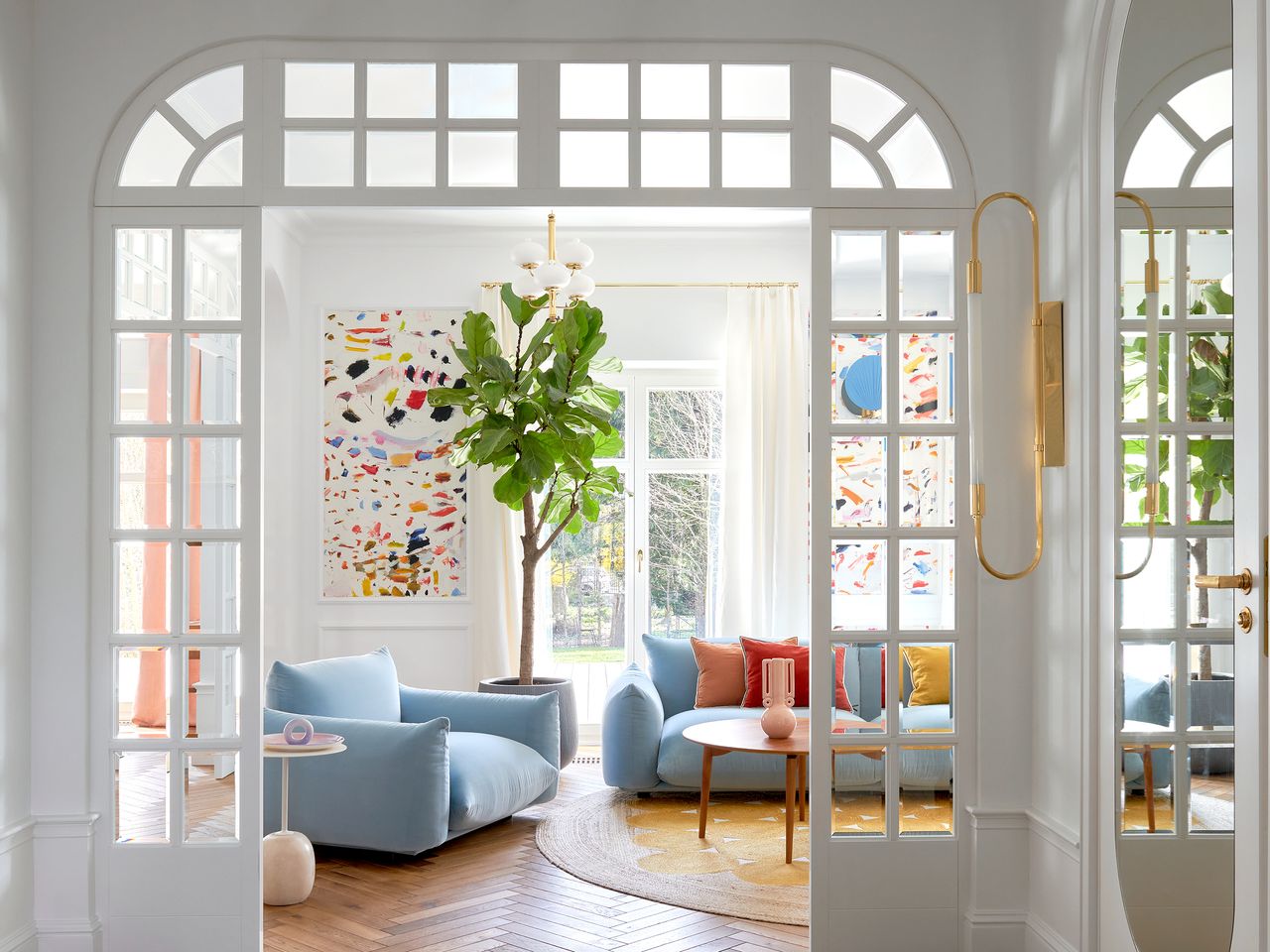
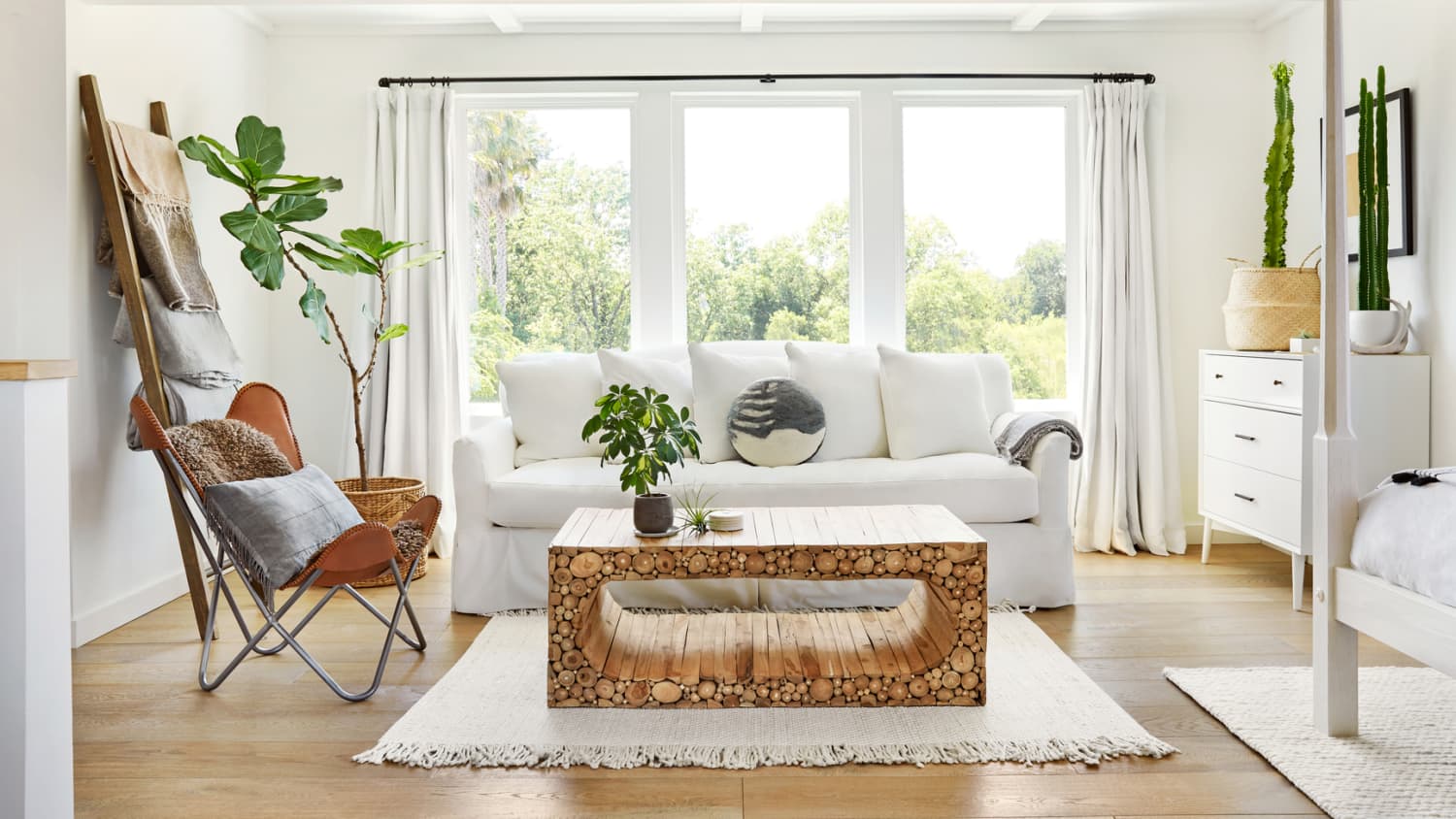
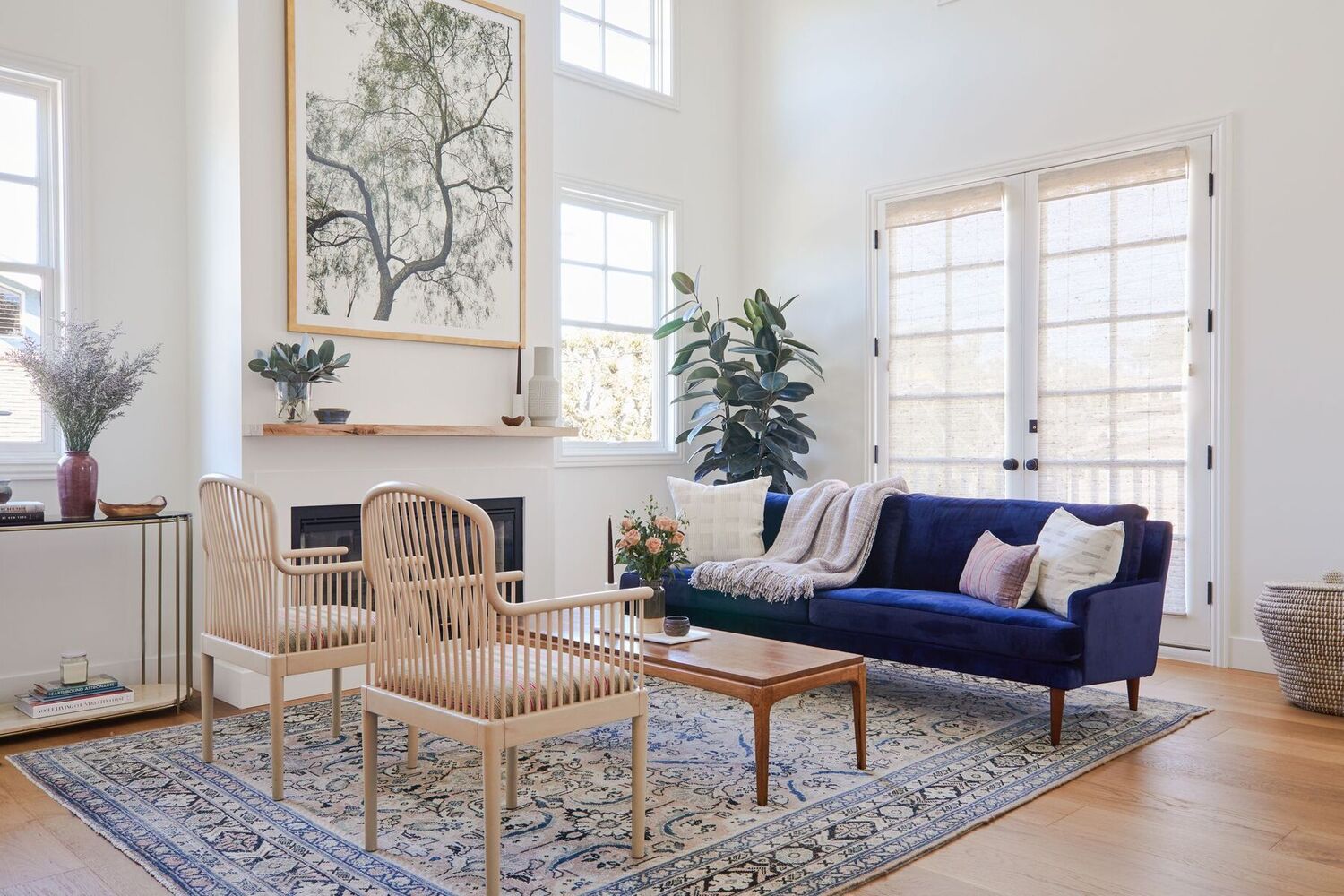

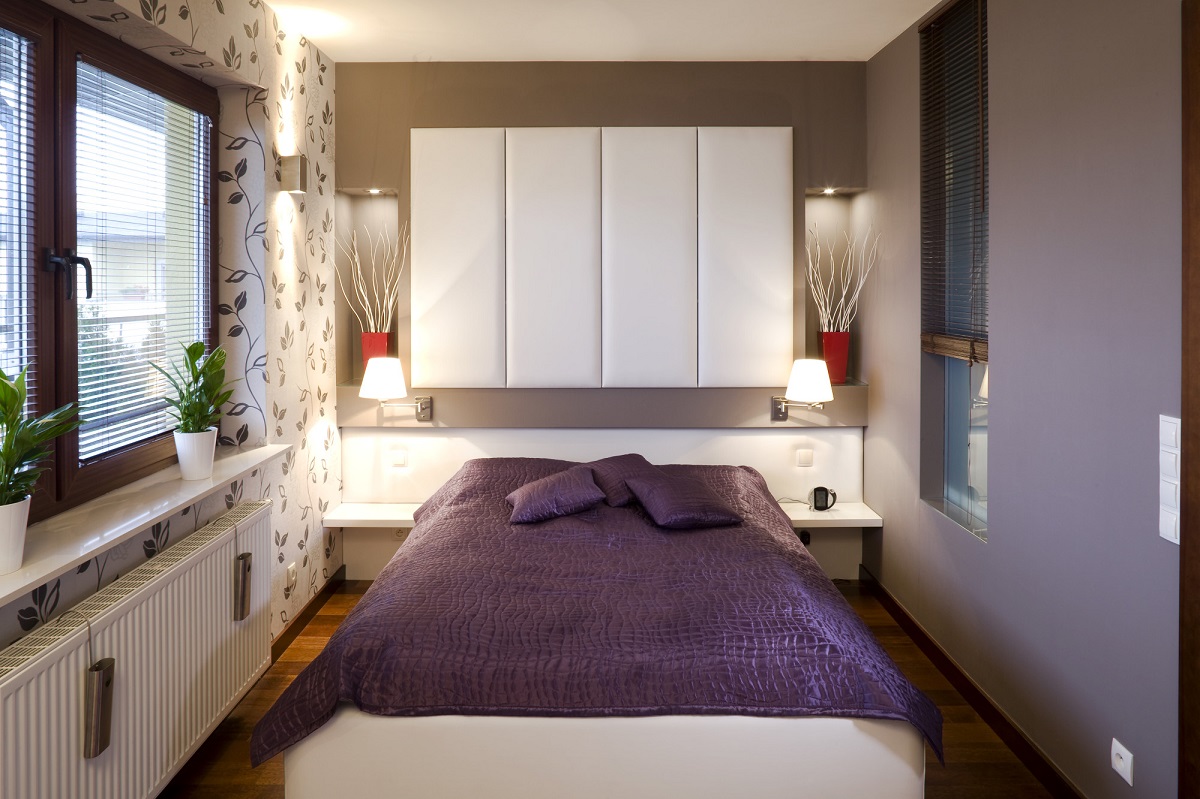

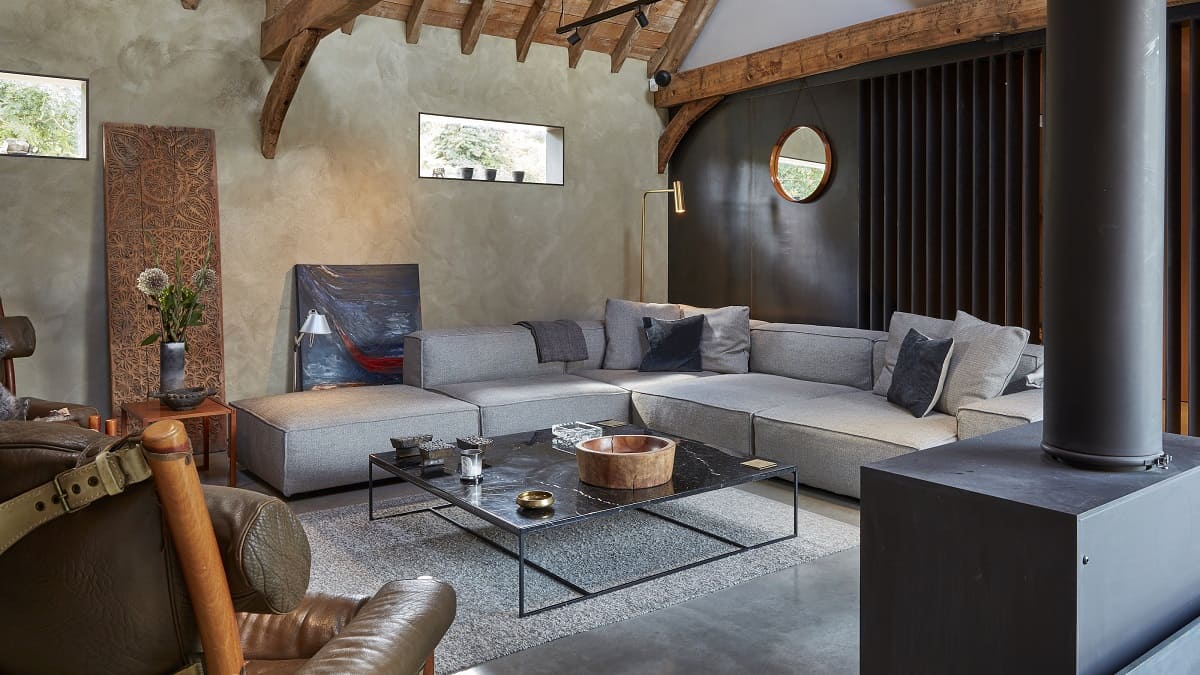

0 thoughts on “10 Living Room Lighting Mistakes To Avoid At All Costs”